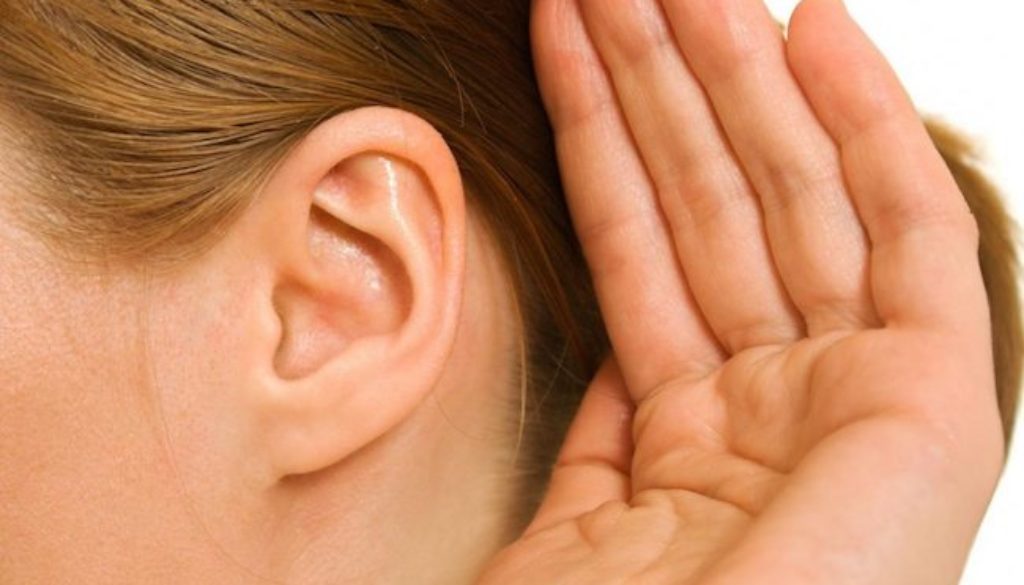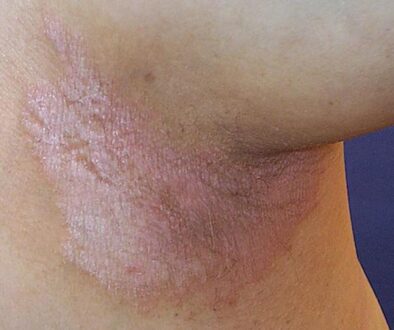Don’t Wait To Address Hearing Loss
The statistics relating to hearing loss are alarming: One person out of every five suffers from hearing loss. That is 48 million Americans – 20% of the population – according to the Hearing Loss Association of America. To put this number in perspective, that is roughly the same number of people that travel to visit family for Thanksgiving. It is also about the same as the population of the West Coast of the United States. That number increases to one out of three people suffering from hearing loss by age 65.
Because so many people have hearing loss, it may be surprising to learn that the average person waits an average of 6.7 years from the onset of hearing loss to seek treatment with hearing aids. These seven years are lost years: Almost 7 in 10 (69%) say their hearing loss hinders their ability to take part in everyday conversations with friends and family, and half (50%) of those with untreated hearing loss experience sadness or depression.
Latest Hearing Aid Tech is More Discreet and Functional
Even though waiting results in lost opportunities with regards to relationships, work and happiness, taking the first step to getting treatment is not always easy. However, there are more options for those seeking hearing aids than ever before. New technology makes hearing aids more discreet, weather-resistant and functional.
For example, today’s hearing aids have more processing power than it took to operate the computers that put mankind on the moon. But they come in a much smaller package! The technology for behind-the-ear (BTE), in-the-ear (ITE), and receiver-in-canal (RIC) styles has developed to the point that they are so small and comfortable, many people forget they are wearing them.

RIC hearing aids have a small housing that sits behind the ear and a thin connecting tube to the earpiece. Many people like this style due to the comfort and flexibility it provides.
The most discreet ITE hearing aids fit in the ear canal and are referred to as in-the-canal (ITC) or invisible-in-the-canal (IIC) hearing aids. These fit comfortably deep in the ear canal and are nearly invisible to others, depending on the style. Because they are custom-made, they are comfortable for most wearers.
Most hearing aids offer a range of water-resistant options, so wearers don’t have to worry about them in the rain or when perspiring due to exercise.
In addition to being more discreet and robust, hearing aids wearers can select models with Bluetooth® integration so they can stream phone calls, music, television shows and more directly into their hearing aids. Smartphone apps let wearers change settings or adjust volume discreetly — to onlookers it appears they’re just checking a text.
Address Hearing Loss Sooner than Later
Addressing hearing loss sooner rather than later brings many benefits. Not only are relationships less likely to suffer, but the wearer’s quality of life improves. From a health standpoint, untreated hearing loss has been linked to dementia, depression, falling, hospitalization, and other threats to physical and mental health.
The process of treating hearing loss is much easier than it may seem to some who put off getting treatment. Those with hearing loss should simply call a hearing care professional who will diagnose the hearing loss and run a couple of non-invasive tests to determine the best way to treat. The hearing care professional will recommend the best and most customized solution and will often work with insurance companies to help the patient find the best options for their situation.
Chance for Free Hearing Aids When Applying for Documentary Series
If you are currently experiencing hearing loss and hesitant to get treatment, here is an option: One of the leaders in hearing aids, Signia, is currently producing a reality series for Fall 2017 that focuses on Americans who have hearing loss but have gone untreated.
Those who have not previously worn hearing aids can apply to participate. Participants, who are selected and agree to be filmed in the series, will receive customized Signia hearing aids fitted just for them at no cost.



